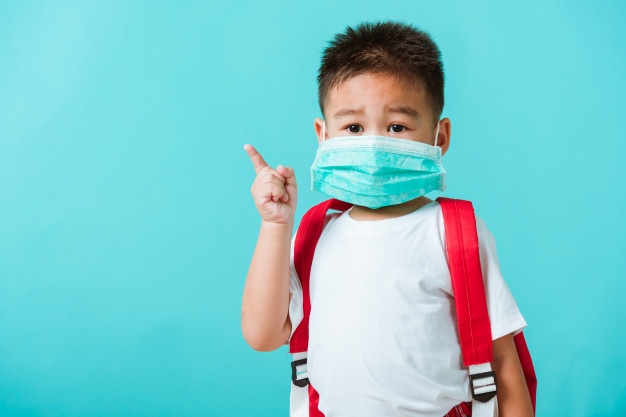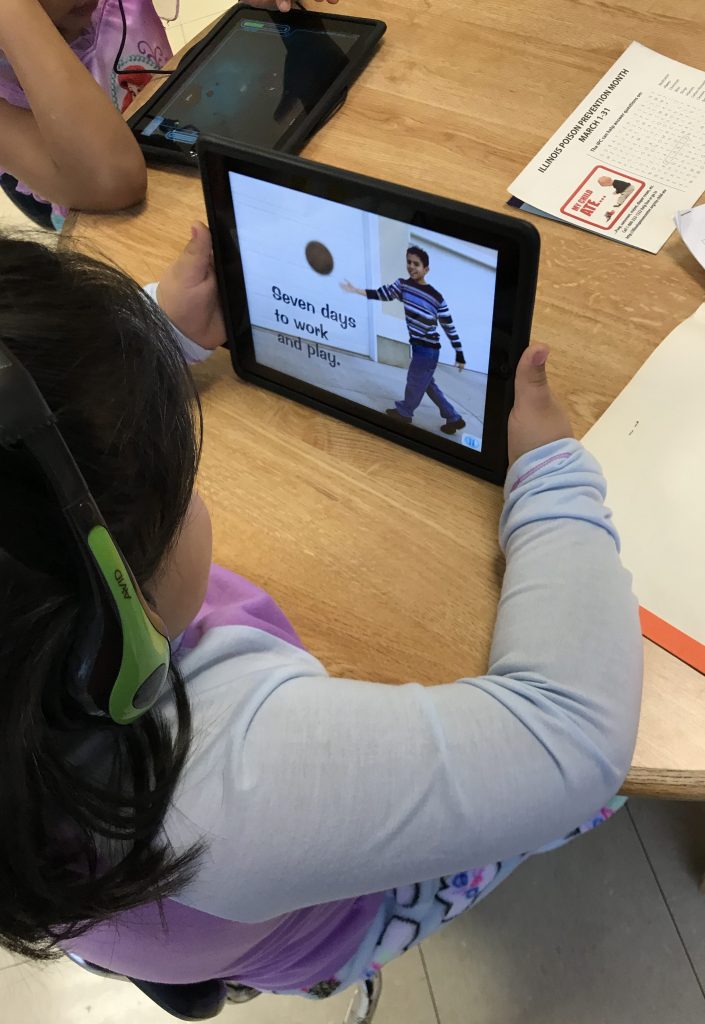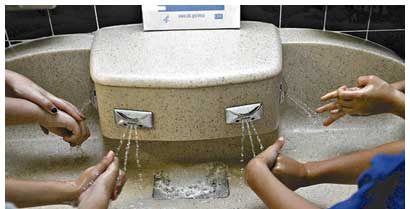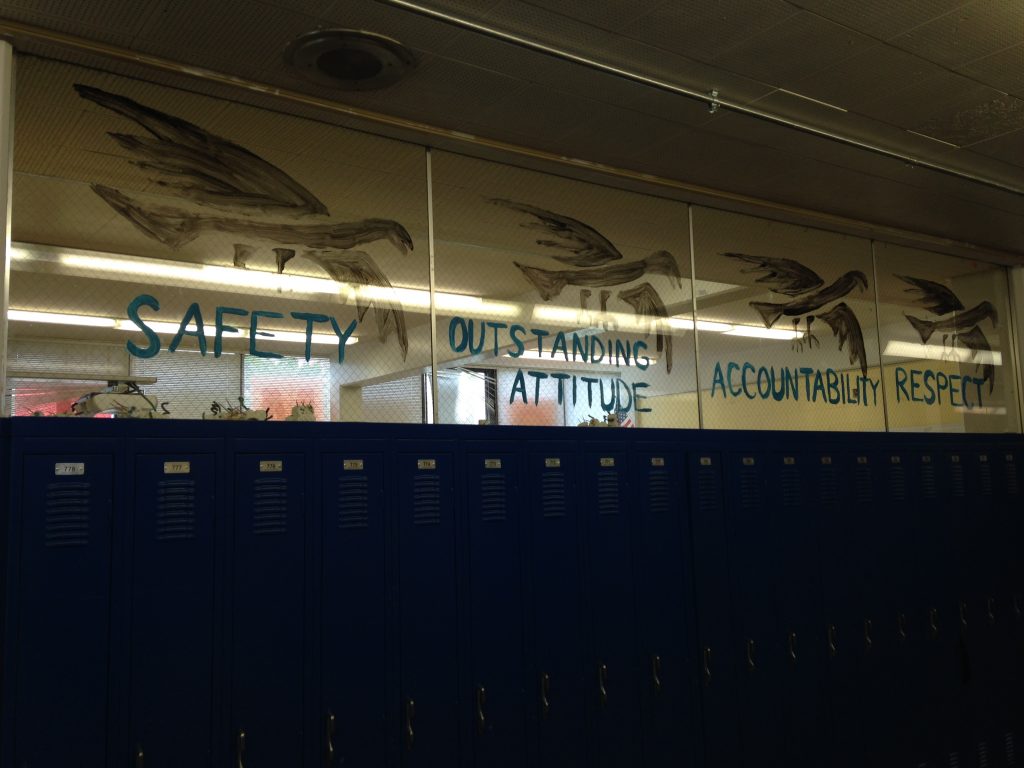Of course children get COVID-19. And what is “very sick”? Children don’t get very sick? In fact, the data supports this position. Mayo Clinic reports that children make up only a tiny percentage of diagnosed COVID cases They tend to recover within a week or two. For children, this disease can be more like the traditional cold than a severe flu.
Still, Mayo reports “symptoms can include:
- Fever
- Runny nose
- Cough
- Fatigue
- Muscle aches
- Vomiting
- Diarrhea
If your child has symptoms of COVID-19″ they advise calling your family physician.
These reports contribute to some calls to open elementary schools. That above list all sounds like typical school stuff. Kids are out every year with similar complaints.
But…
Here’s the magical disconnect from reality: My dad listens to conservative talk show radio and he asked me a few days ago, “Is it true that no student has ever given a teacher the virus?’ Searching this, I find that those infected teachers are thin on the ground, although I suspect the existence of a number. Almost no one can ever prove the provenance of a microbe, not without sophisticated DNA testing.
Before we engage in wishful thinking, we should consider the facts.
Fact 1: In hot spots, many schools closed in the spring. Regardless of transmission rates back then, there were simply a lot fewer sick people at the start of the pandemic. Those hot spots of March are nothing like the hot spots of July. In March, if your county had 46 cases, that was a big deal. Now if your county has 46 cases you are pretty much considered to have been spared. The numbers have climbed rapidly. For the issue we are discussing, numbers are crucial.
Summer vacation shut down further school infections during the last school year. In affected areas, the summer school that existed was often online. This proposed live experiment of child to adult transmission was mostly not happening in June, July and August.
THAT experiment will actually start with this school year.
Fact 2: Numbers cannot be trusted. I recently read that COVID-19 has an RO of 1.7. Before we panic, though, I find many alternative sources with smaller numbers. Try: https://rt.live — this is state specific. (Who exactly are these authors, though?) Trying to find useful numbers feels a bit like falling down the rabbit hole. The numbers are “not strange, weird, off, nor crazy, their reality is just different than yours,” the Cheshire Cat might say. Numbers change, too. When people shelter, RO naturally goes down. When the beaches open, suddenly 1.002 can become 1.3 — and small numbers are huge when thinking about RO. An RO of 2 means each sick person is getting two people sick: in a short period of time, that’s an explosion of illness.
(For those who have been ducking that R: Pronounced “R-naught,” the RO reproductive number is an indicator of how easily a disease spreads. The number is important because government leaders are using RO to determine where outbreaks are growing, shrinking or holding steady. Simply, if RO equals 1, then each sick person infects one other person. In that scenario, the disease numbers stay the same over time. When RO is greater than one, the infection is growing. When it is less than 1, the number of infected persons is shrinking.)
Testing has been a mess in this country. Testing is still a mess in some places. Many people are not being tested. Yet our data depends on that testing.
Again, the official numbers cannot be trusted.
Fact 3: Israel. Kids in Israel sure managed to get the adults sick. Check out: https://www.haaretz.com/us-news/.premium-america-wants-to-reopen-schools-here-s-how-to-learn-from-israel-s-mistakes-1.9006697
“Rushing to get kids back into the classroom this spring was one of the reasons infection rates skyrocketed in Israel – offering a teaching moment to the world,” the article begins. I’ll add one powerful paragraph from the article.
“Once you open schools, be prepared for them to close and then reopen. Repeatedly. Expecting schools to welcome students without expecting infections to frequently occur is an exercise in magical thinking.”
Fact 4: We have had far too much magical thinking already. National and local leaders have been indulging in magical thinking throughout this crisis. Maybe it will be gone by April. All we need are enough doses of sunlight and bleach, right?
The fantasies have to stop. Maybe the lost city of Atlantic will be discovered by the bored crew of a nearly empty cruise ship. But I would not bet teachers and students lives on this possibility — or the possibility that maybe somehow kids won’t spread the virus. Maybe a highly contagious respiratory virus will stay inside children’s noses. More and more data suggests kids can, of course, spread this virus. Can I just say, “Duhhh”? And this idea that kindergarteners and other little kids can manage full days in masks?

For those who like corroboration, I offer the following from two days ago: https://www.nbcnews.com/health/health-news/study-hints-young-children-may-spread-covid-19-easily-adults-n1235301. I loved a quote by a doctor in the last paragraph: “…COVID-19 can be shed in the stool, it can be in the mouth and the nose. Kids touch that. They are little germ factories.” Parents know that. Teachers may know even better than parents. They are the ones listening to the cough, cough, cough all winter as they keep replacing the classroom Kleenex box.
Middle school and high school students are their own too-often-ignored category. They get sicker than little kids. They also get around a lot more. I pass a high school sometimes that’s across the street from a Starbucks and within walking distance of a mall. If we open that high school, I guarantee those kids will be buying frappuccinos like last year before ambling in groups toward that mall. At best, we can hope they will keep their masks on, but I frankly wouldn’t even bet my pocket change on those masks.
Eduhonesty: Some locations can open schools. But others should keep the doors locked and the cafeteria closed. The Johns Hopkins COVID-19 map shows 153,000 dead from this airborne virus.
Let’s save the magical thinking until we uncover some more magic of our own. And let’s allow our teachers and students to stay home where the numbers look too risky. In this fight, there should not be “acceptable losses.”
P.S. An issue that does not seem to be hitting the table deserves a mention here. So we open, and Mr. Smith the gym teacher catches COVID-19 and does not survive. How do his students feel? That’s a crazy load of reality for a kid. What if that kid is or was sick? That’s a recipe for lifetime of guilt and remorse.
“If only I had not gone to school…”











